A few days ago, Qualcomm introduced its latest fast-charging standard with Quick Charge 5. The company claims this will charge a compatible smartphone from 0-50% in just five minutes, or giving your phone a full charge in as little as 15 minutes.
The move to QC5 marks the first major update since QC4 and QC4+ a few years ago, but Quick Charge 5 could change the landscape. It’s touted as providing up to 100W of charging for a smartphone, but the bigger news is that it’s backward compatible.
This means that you won’t have to throw away all of those chargers and cables around the house or the office. The only potential limitation comes with the accessories themselves, as QC5 will only charge as fast as the accessories are rated for.
What’s Quick Charge 5 bringing?
As we’ve already stated, the move to Quick Charge 5 could re-charge your smartphone from 0-100% in about 15 minutes. Thanks to the 100W of charging speed, along with USB Power Delivery standards.
In the press release, Qualcomm gave us a few quick-hitters to take note of:
- Up to 70% more efficient
- Up to 4X faster
- Up to 10C (50F) cooler
- 10X more powerful
Now, looking at the chart, you may think that all of those points are compared to the previous QC4 and QC4+. And while it is true for the first three points, QC5 is not actually 10X more powerful than its predecessor. Instead, that comparison is made between the upcoming QC5 and the original Quick Charge 1 standard.
All of this sounds like a great deal for users and smartphone manufacturers alike. Sure, battery degradation may speed up, but if you can get a full charge while you’re taking a shower, what’s the downside?
QC5 won’t take over the world
On paper, it seems like Qualcomm has hit a home run with its next Quick Charge standard. But there are a few limitations that us, the end-users, need to be aware of. First of all, there are no devices that are on the market which can take advantage of this. That means that you’ll have to wait until this Fall (at the earliest) in order to potentially get a smartphone that is compatible with Quick Charge 5.
The company confirmed that QC5 is coming later this year, but will only be available for upcoming Qualcomm chips, starting with the Snapdragon 865. These are slated to begin appearing in devices starting in Q3 2020, and it could be as soon as the Galaxy Note 20, but I wouldn’t hold my breath.
That being said, mid-range devices, won’t get to take advantage of this, leaving you to rely on QC4. Another potential limitation comes from companies who don’t want to pick up the entire Qualcomm package of an SoC, modem, and QC5 processors.
If you’re wondering why there is so much fanfare around the recently-launched OnePlus Nord and upcoming Pixel 4a, there’s a good reason for that — price. Flagship devices start around $1000 and the price is only continuing to go up. And if QC5 is only available for high-end devices, then the mid-range devices will miss out on that.
Part of the problem is Qualcomm has the market cornered and most smartphone OEMs have to pay whatever Qualcomm wants, and that cost gets passed onto the consumer. The release of these QC5 chips is just going to drive that price up even more, and the consumers are tired of paying for it.
Say Google finally releases the Pixel 5 this year with its own processor, instead of using something from Qualcomm. That device would very likely not be compatible with QC5. So add that to the list of reasons why Qualcomm’s QC5 won’t revolutionize smartphone charging.
They weren’t the first
We have already started to see companies tinker around with their own charging methods to improve speeds. Oppo and Xiaomi have shown off their experimental charging solutions, but those have not hit the mainstream yet.
If smartphone manufacturers want to break the mold and stand out from the crowd, then other solutions will appear. And chances are that you won’t have to pay an arm and a leg for those devices.
Qualcomm knows it has the market cornered for flagship SoC’s, but it doesn’t matter anymore. So what if my phone takes 30 minutes instead of 15 minutes to reach 100%. That’s all we really need anyway.

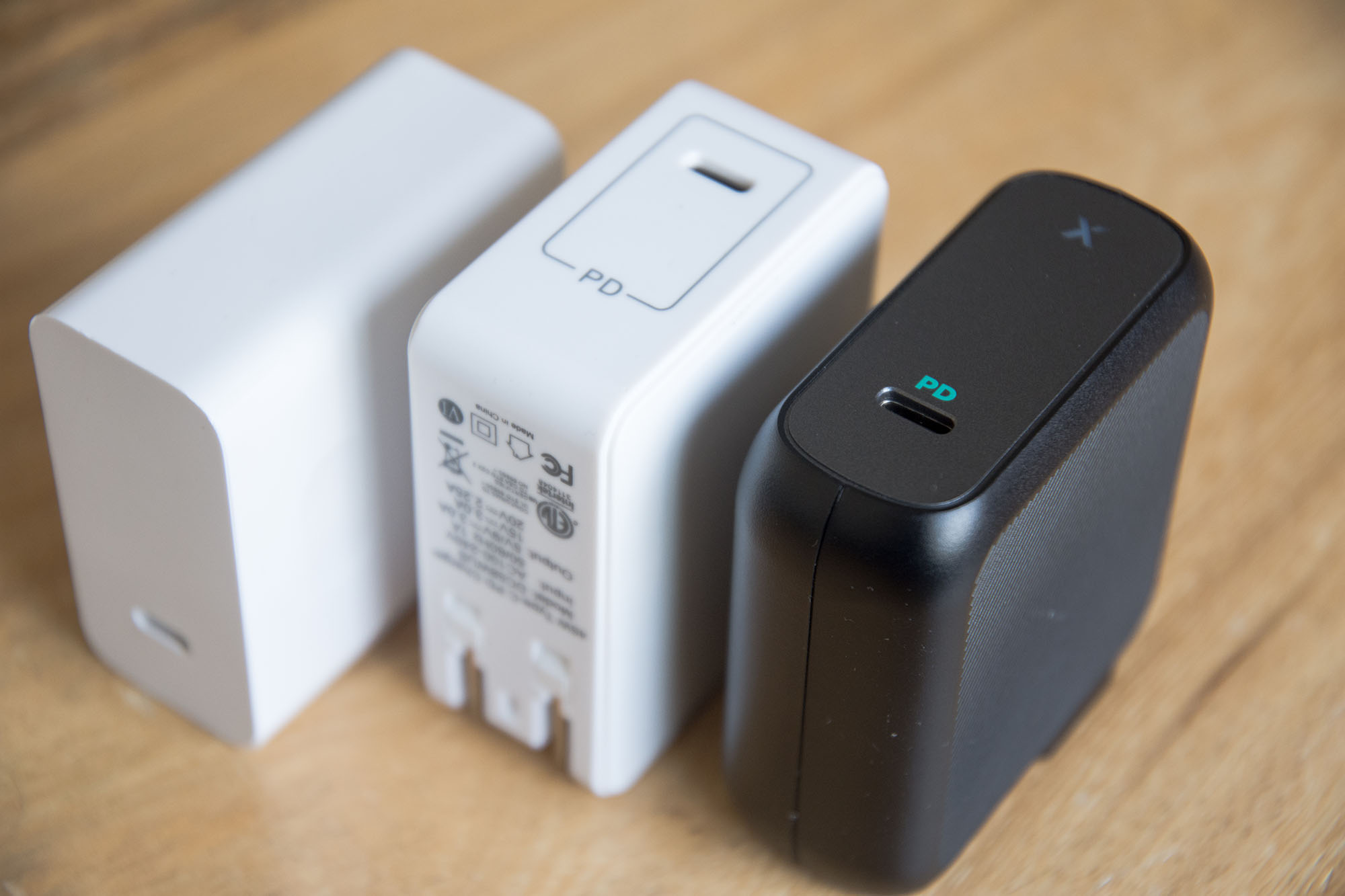
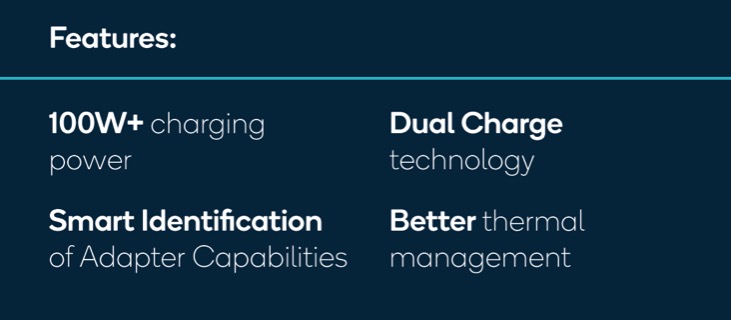
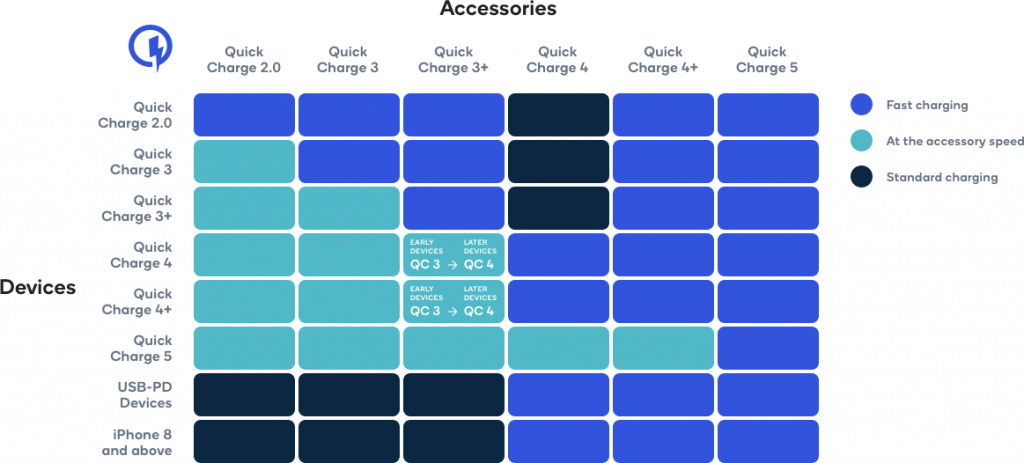
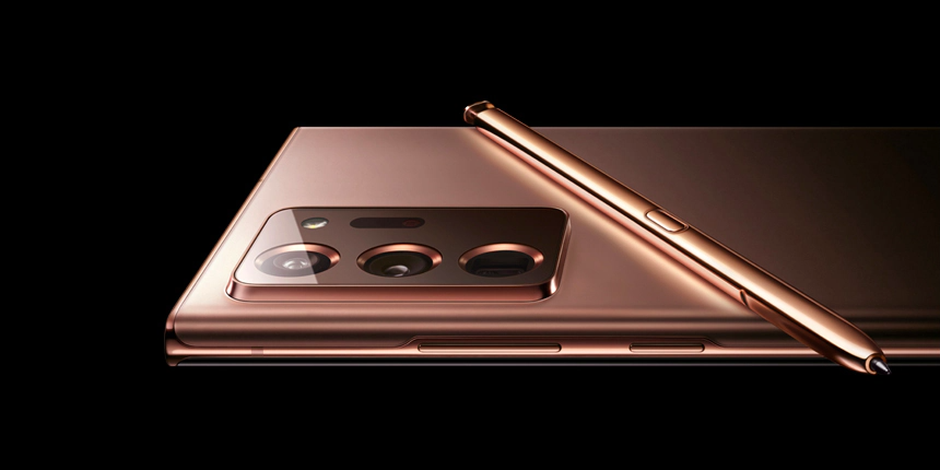



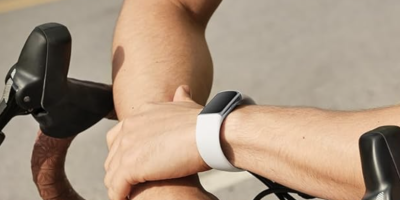

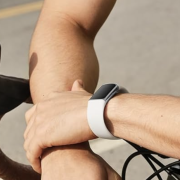
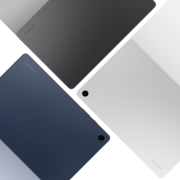

Comments